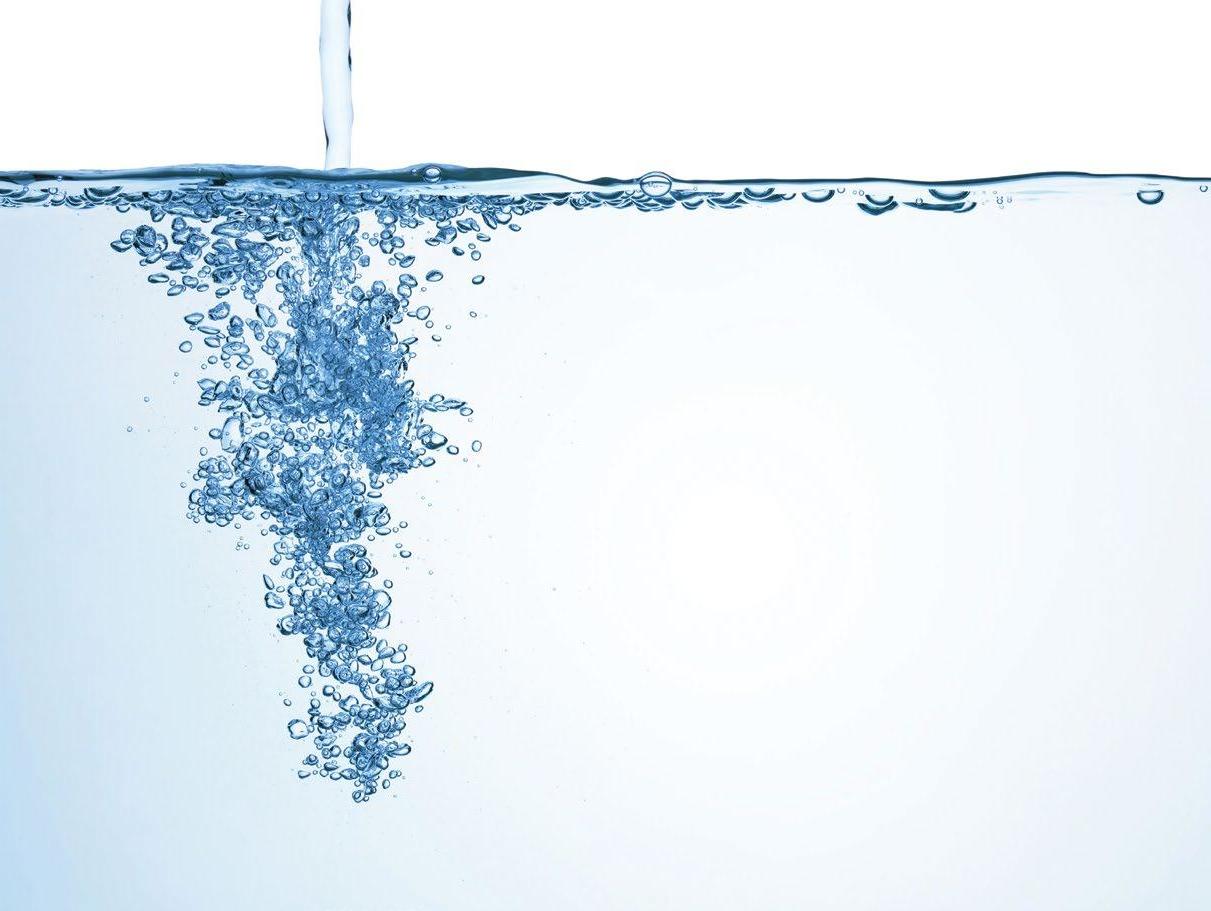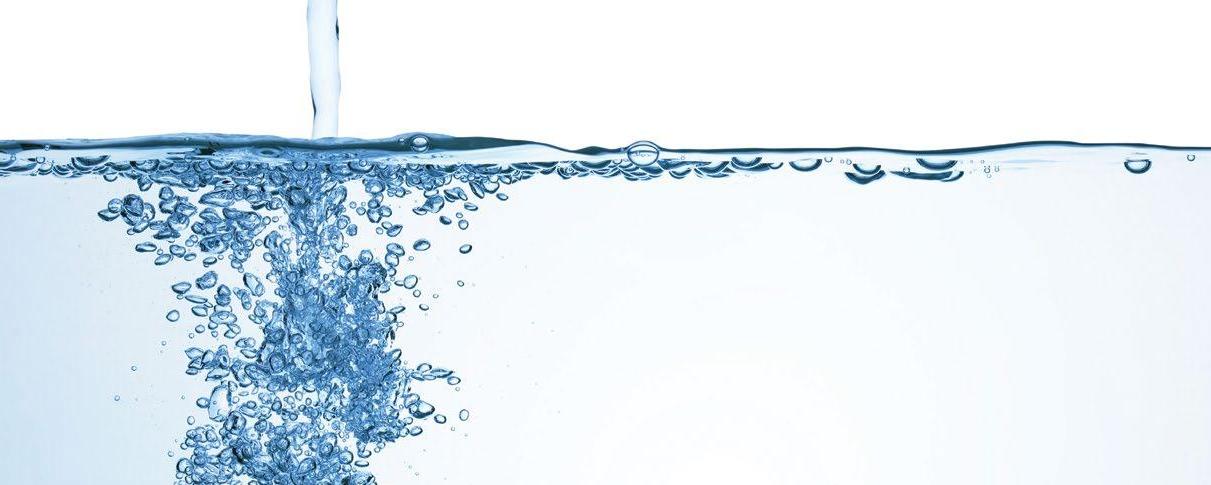
6 minute read
Down the Drain: Inspecting for Potential Water Damage and Communicating with Clients
by ASHI
By Inspect.com
Inspect.com is an online marketplace for the public to connect with qualified inspectors across the country. Get discovered and share your expertise. Add your listing to Inspect.com.
Advertisement
Down the drain is where water needs to go, and one of the most important tasks of home inspectors is to make sure that water is going down the drain. Water damage can devastate a home. Long before the homeowner sees the damage, bad results may be around the corner, hidden behind walls or in the ceiling. Water damage can invade siding, cement and brick mortar, and it can crumble a home’s foundation. Identifying sources of bad drainage is a key component of inspecting a home. As you go about your inspection, from roof to basement, you may encounter a variety of drainage problems. One important role of the home inspector is to help clients keep costs down. By identifying places where an ounce of prevention will forestall a large repair bill, the inspection can make a positive impact. Home inspection clients are typically not experts in water damage, so that’s where inspectors’ professional expertise makes a difference. Be sure that you know where to look and what to notice as signs of water damage.
The opinions expressed in this article are those of the author only and do not necessarily reflect the opinions or views of ASHI. The information contained in the article is general and readers should always independently verify for accuracy, completeness and reliability.
INSPECTION TIPS
START AT THE TOP
Follow the flow of rain and melting snow from the roof down to the ground. Roof debris can impede water flowing to gutters and downspouts. Check for debris and overhanging branches that can scrape the roof in windy weather. Impeded water flow on the roof can lead to damaged rafters, fascia and eaves. Recommend clearing the roof and provide a referral for a licensed wood-destroying organism (WDO) contractor if you see signs of water damage. Gutters clogged with debris can prevent the free flow of water. Water can back up and damage eaves, rafters, siding, joists and interior walls. Your client may not notice this backup and potential water damage. Recommend cleaning gutters to prevent future debris collection. Likewise, leaking gutter seams and rusted gutters can drip on fascia, walls and any structures like porches and stairs underneath. A simple fix will prevent water damage before it takes hold. Recommend repairs or replacement. Downspouts may look sound to your client, but you may see loose or unsecured spouts, or downspouts that have separated from the gutter. Downspouts that do not drain properly or that deposit water on the ground can cause potential damage to the foundation by creating pooled water. Make sure that downspouts don’t create water pools next to the house. Recommend enhanced drainage with pipes that take water farther away from the house.

INDOOR DRAINAGE

Indoor drainage—from plumbing, appliances and HVAC—can hide behind walls and under floors. Getting the water to flow will help you check for problems. Turn on faucets, run showers and run the dishwasher to check for possible leaks from running water. In the bathroom, toilet cracks and seals can cause leaks that can damage floors and lead to costly repairs. Also, sewage backing up into a flushed toilet is a sure sign of potential sewer or septic drain problems from broken pipes, tree root invasion and clogged pipes.
CHECK FOR THESE SIGNS OF POTENTIALLY PROBLEMATIC DRAINAGE:
• A toilet that appears to be bubbling • Water that backs up into the sink, bathtub, shower or toilet • Water that comes out from beneath the toilet • Slowly draining water from the sink, bathtub, shower or toilet • A bad odor coming from drains • Puddles of water on the floor near the sink, bathtub, shower, toilet or laundry area • Water coming out of a cleanout • Air conditioner condensation drains that become clogged with buildup from algae, mold, mildew, lime and minerals • Plumbing and appliances that reveal drainage problems • Signs of hidden roof leaks on walls, paint, ceiling and carpeting
CALL ATTENTION TO REPAIRS AND REMEDIATION FOR THESE CONDITIONS IN THE INSPECTION REPORT:
• Corroded and leaking pipes • Rusted and leaking sink overflow or drains • Slow drainage • Leaks • Improper sink P-traps • Leaking dishwasher gaskets
RECOMMEND IMMEDIATE REPAIRS FOR ANY PLUMBING AND DRAINAGE PROBLEMS. THEY ONLY GET WORSE AND CAN LEAD TO COSTLY REPAIRS.
GROUND LEVEL AND BELOW
Drain problems may hide in crawl spaces and basements. Everything above may seem to be draining okay, but as water flows down, drain problems may be occurring under the house. Evidence of standing water—from previous or intermittent leaks, or evidenced by white marks on the foundation—is a sign of problematic drainage. Also, under the house, you may discover evidence of water-damaged subflooring. Recommend that your client monitor the space or contact a licensed drainage contractor to investigate the condition. Repairs to exterior drainage may need to be performed to correct this condition. Next to the house, high water tables, impervious soil and poor grading can lead to water damage to the home. Any soil that slopes toward the house is a potential problem waiting to happen. Any soil touching the frame must be graded away. A good rule of thumb is to use a six-foot soil clearance around the entire perimeter of the house. Any ground sloping toward the house needs a strong recommendation for drainage surveillance, improvements or both. Water should be directed away from the foundation to prevent potential building settlement. Discuss with your client the various remediation techniques that are available, like grading, French drains and sump pumps under the building. Help your client understand how grading to slope land away from the house can prevent costly foundation repairs. Foundation repair can average $1,000 per foot. Help them understand how poor foundation can lead to settlement of the entire structure. CLIENT EDUCATION IS YOUR PROFESSIONAL RESPONSIBILITY
Poor drainage causes many problems. When you detect water damage, educating your client about health and safety issues as well as potential structural jeopardy that can be caused by water damage will help to underscore your professional expertise. Point out water-damaged wood, mold infections, evidence of standing water, soft floors and leaks around tubs, and then explain the related health concerns and structural threats. Show them how the drainage really protects the foundation system. When talking about the cost of remediation and repair, help your client understand why this aspect of the home inspection is so important—because it will help keep down long-term costs. Clients aren’t experts. They often don’t see what an inspector sees and they don’t always understand the consequences of poor drainage until an inspector explains what water could do or is doing. With your guidance, your client might remember your lessons about water damage, even 10 years down the road, and be thankful that they avoided water damage by heeding your advice. This is the value add we give clients as inspectors.






